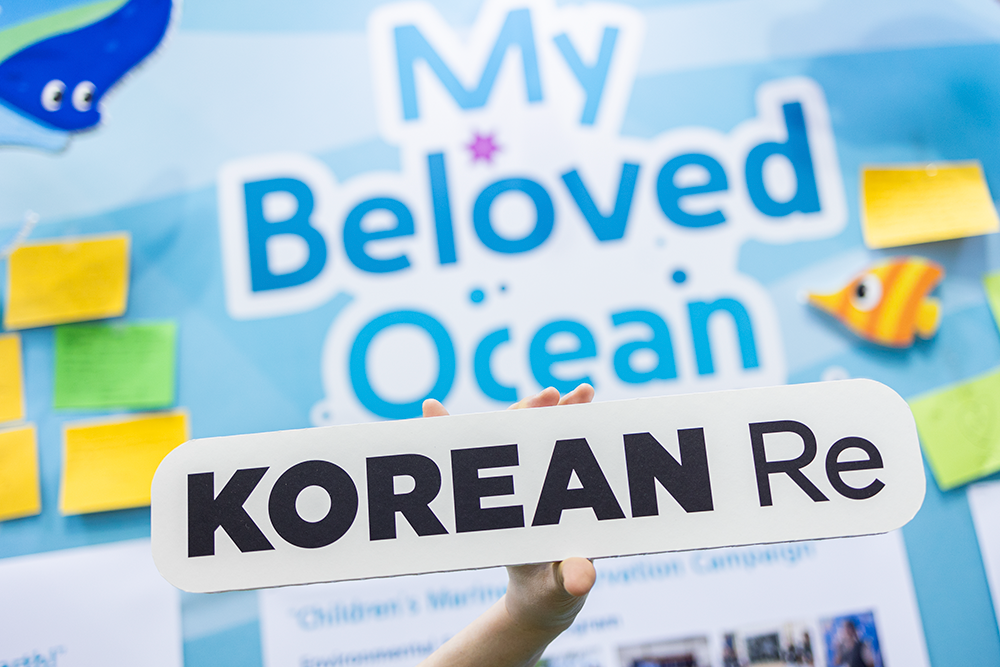The 4th “My Beloved Ocean”: International Children’s Environmental Drawing Contest | Group Award Winner Interview
By Seo Deok-Sun | Photos credited by Najin Elementary School
How Najin Elementary School Shows Its Love for the Ocean
The energy that keeps our lives safe and healthy comes from the environment. Najin Elementary School impressed the judges and everyone involved in the contest with its proactive environmental education programs aimed at protecting the ocean and revitalizing the local community. What efforts have they made to win the first group award at the International Children’s Environmental Art Contest? Let’s explore their genuine story of how much Najin loves the sea!
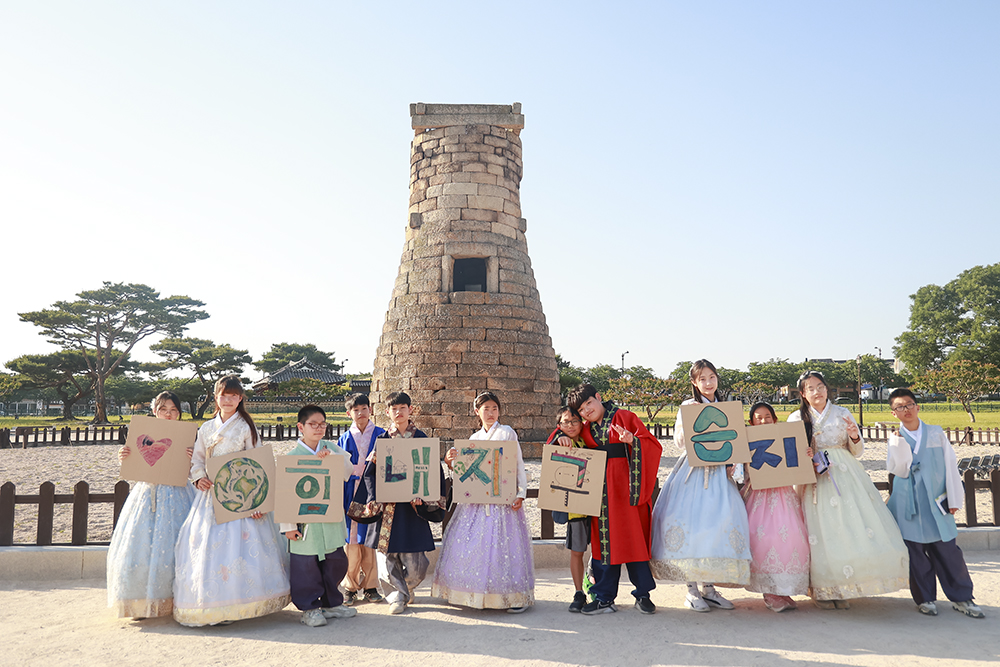
This article is based on an interview with Ms. Gwi-In Park, the teacher in charge of environmental education at Najin Elementary School.
Q. Congratulations on winning the award! How do you feel about this achievement?
A. Hello, I’m Gwi-In Park. I am the teacher in charge of the environmental club at Najin Elementary School. Our students have not had any formal art lessons before, so we’re incredibly grateful to receive the award for activities conducted simply during our after-school class. We see it not as an award for art skills but as an acknowledgment of our students’ passion and dedication shown to the community.
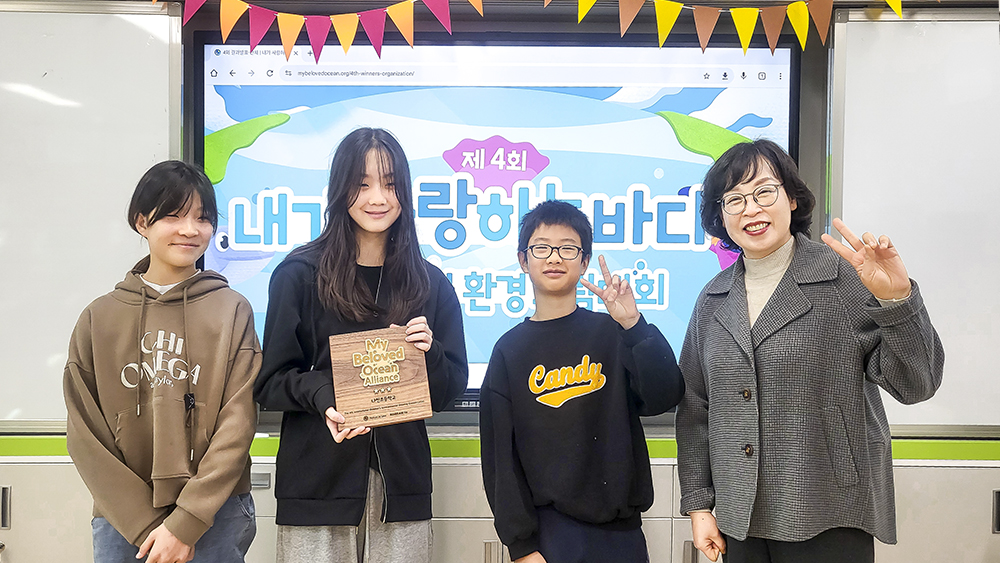
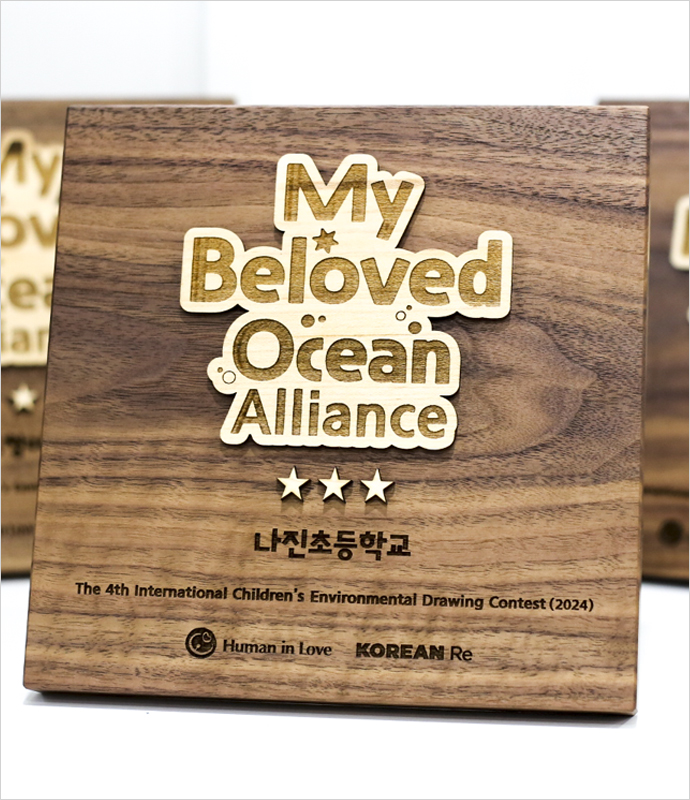
Q. Can you tell us more about Najin Elementary School?
A. Najin is a small elementary school located along the shores of Gamak Bay in Yeosu (South Jeolla Province), with just 44 students who share a close-knit community. One of our school’s benefits is that students can look at the sea through their classroom windows at any time, especially during recess, fostering their love for nature in their daily lives.

Q. Your students seem like heroes in the environmental field! What kind of natural environment are they exposed to?
A. Just a five-minute drive from our school is the Najin Tidal Wetland, home to endangered species like Ellobium Chinense (a species of small, air-breathing snail), Uca arcuata (fiddler crab), and Cerithidea Cingulata, as well as more than nine types of halophytes (salt-tolerant plants). Here, students witness firsthand the effects of climate change and the challenges facing our ocean. They have observed and recorded the seasonal changes in halophytes during spring, summer, and fall and have drawn detailed sketches to highlight their importance. This hands-on experience inspired them to participate in the drawing contest.
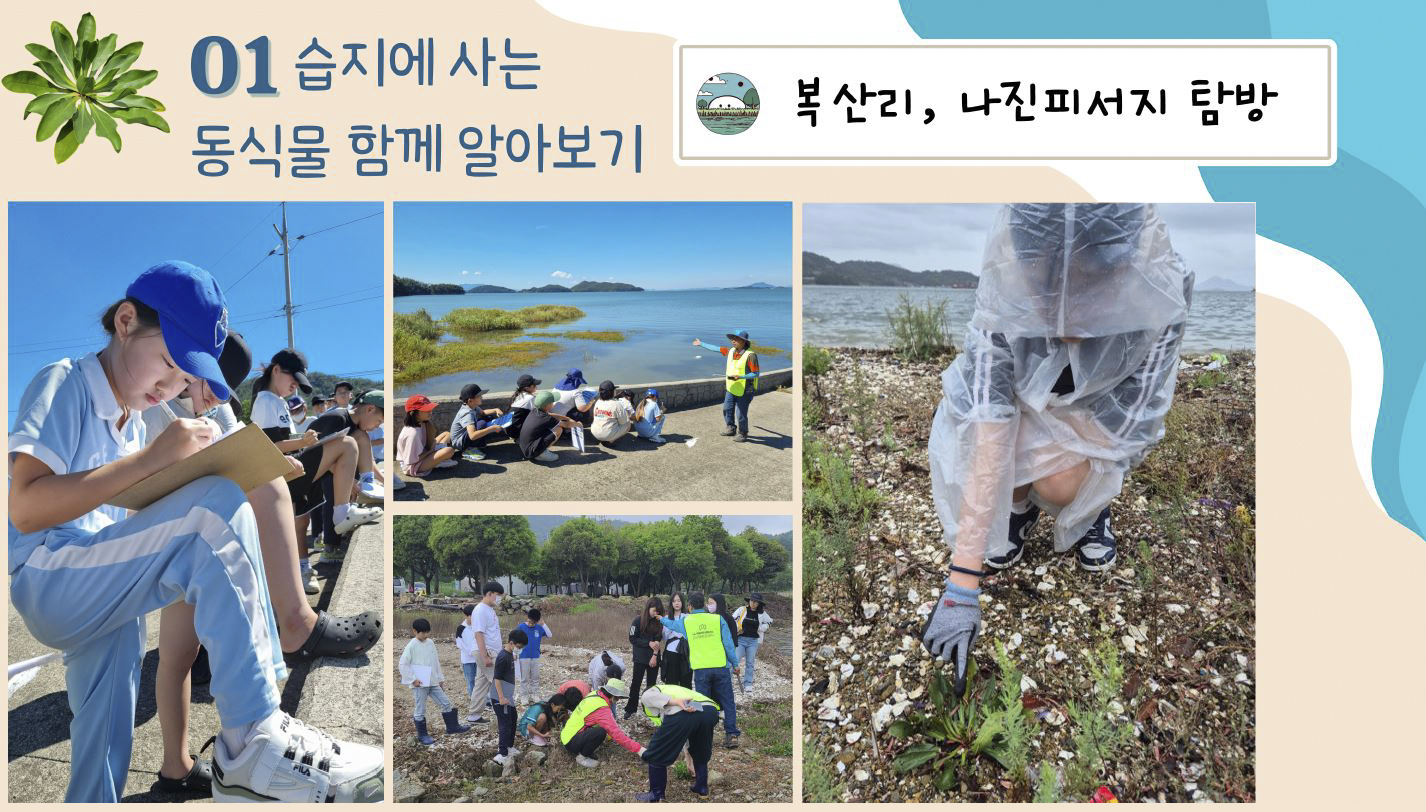
[Exploring the Flora and Fauna of Wetlands at Najin’s Summer Retreat in Boksan-ri]
Q. What activities did you do to prepare for the drawing contest, and what have the children learned through this event?
A. Blue carbon is a treasure of the sea, with an incredible ability to rapidly reduce carbon levels. Our project focuses on spreading awareness of the value of blue carbon, the hidden treasure of Gamak Bay and Yeoja Bay. For younger students in 1st and 2nd grades, we encouraged them to express their creative thoughts on various ocean-related topics. Meanwhile, students in 3rd to 6th grades visited the tidal flats of Gamak Bay and Yeoja Bay to observe halophytes and collect data to compile it into a collection. In December, we planned to publish a booklet titled “The Treasure of Gamak Bay and Yeoja Bay: Blue Carbon” (tentative title), featuring drawings created by our children, to display in the school lobby and library. Thanks to the drawing contest, students were able to complete impressive artworks for further study collection. Although their drawings may not be perfect, their dedication to careful and long-term observation stands out.
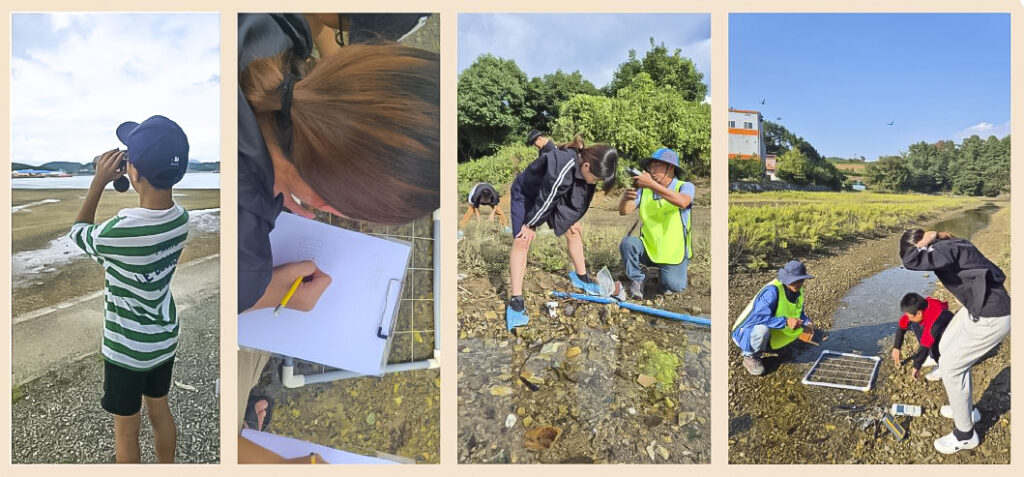
[ Discovering Wetland Plants and Animals Together ]
Q. I’m so excited to hear about your upcoming plans. What environmental activities are you preparing for next year?
A. In 2025, we hope to create a picture book titled “My Beloved Tidal Flats (and Oceans) I Love” to share more stories. We also plan to contribute our project findings to wetland programs organized by the local education office, helping to protect and enrich our region’s ecological environment. In Najin’s coastal wetlands, we’ve identified endangered species such as the brackish water snail (Cerithidea Cingulata), mangrove periwinkle (Terebralia Palustris), and fiddler crab (Uca Arcuata). Therefore, we plan to expand our research to include these species for further study and observation. Above all, we aim to broaden our focus beyond the easily accessible coastal wetlands of Yeosu to include inland wetlands as well. This initiative will align with key objectives of carbon-neutral schools such as “Earth-Caring Schools” and ESD (Education for Sustainable Development) curricula, to help students understand the severity of the climate crisis and inspire action to address it.
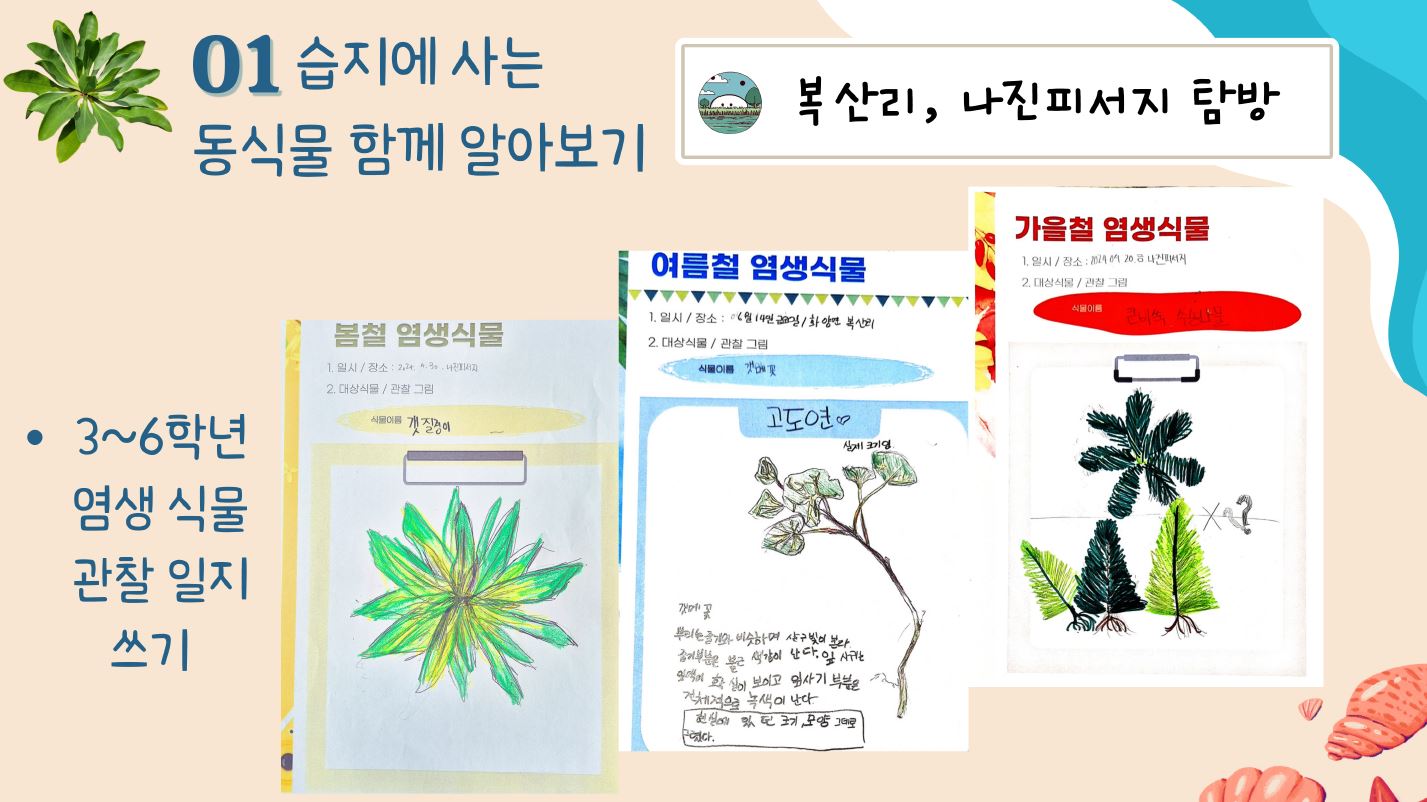
[ Observation Logs on Halophytes Written by Students from 3rd to 6th Grades at Najin School ]
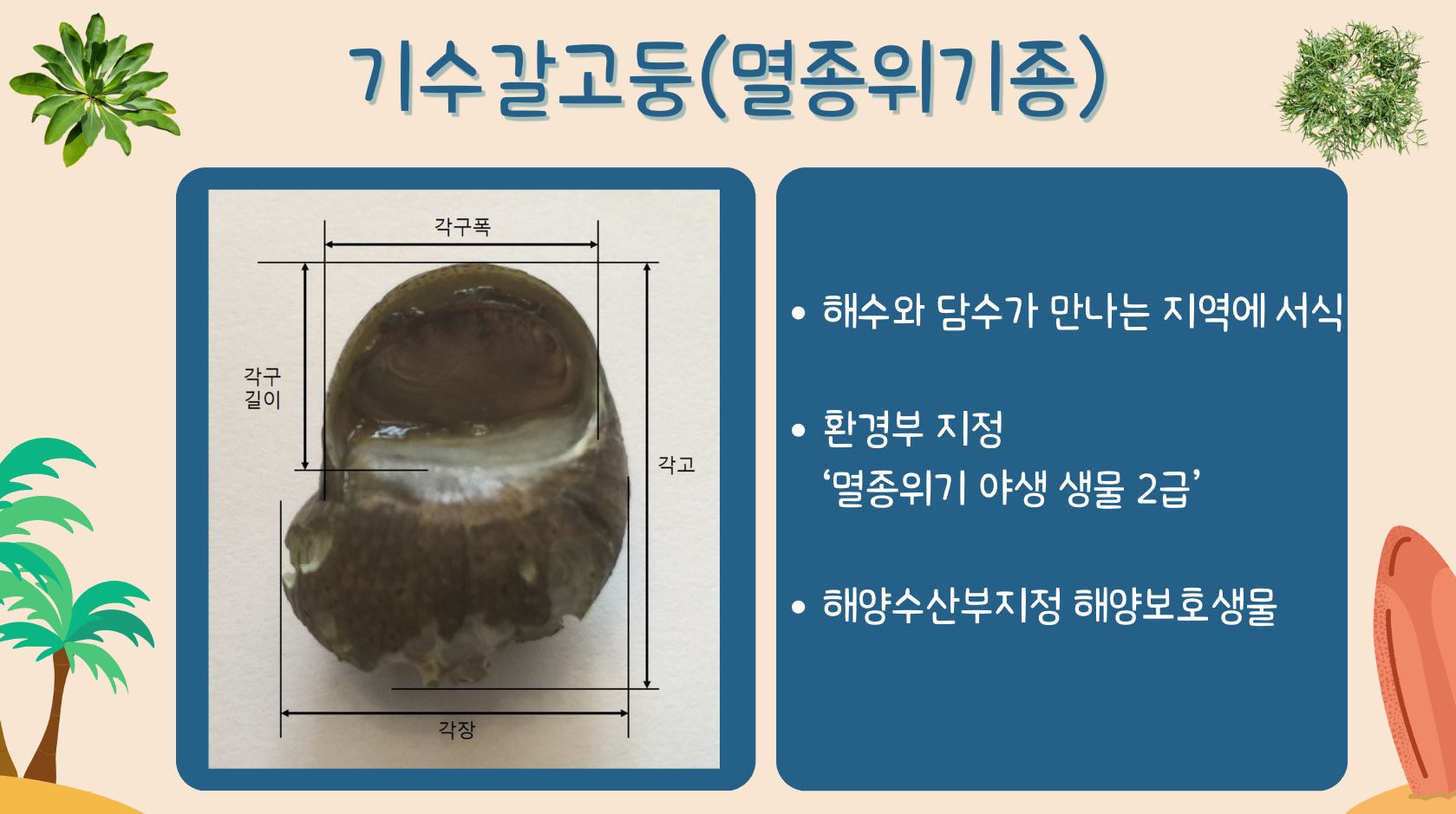
[ Najin School Student Study on the Endangered Brackish Water Snail (Tryonia imitator) ]
Q. What do you expect to achieve through this group award?
A. I hope this award serves as an opportunity to recognize the value of tidal flats, estuarine areas, and coastal wetlands as the cradle of blue carbon, extending from Gamak Bay and the southwestern coastline to inland wetlands across the Korean Peninsula. I also hope this recognition marks the beginning of meaningful steps toward protecting these vital ecosystems.
[ AI-Songs Composed by Najin School Students: “Cheer Up, Wetlands!” – An AI Children’s Songs and Hip-Hop Music ]
The real treasure is Najin Elementary School students!
Their dedication shows how a school can nurture a love for the ocean. By promoting awareness and conservation of their ecosystem not only within the school but also across the local community, Najin Elementary has proven itself a hidden gem. Their efforts are paving the way for ending plastic pollution and fostering environmental conservation.
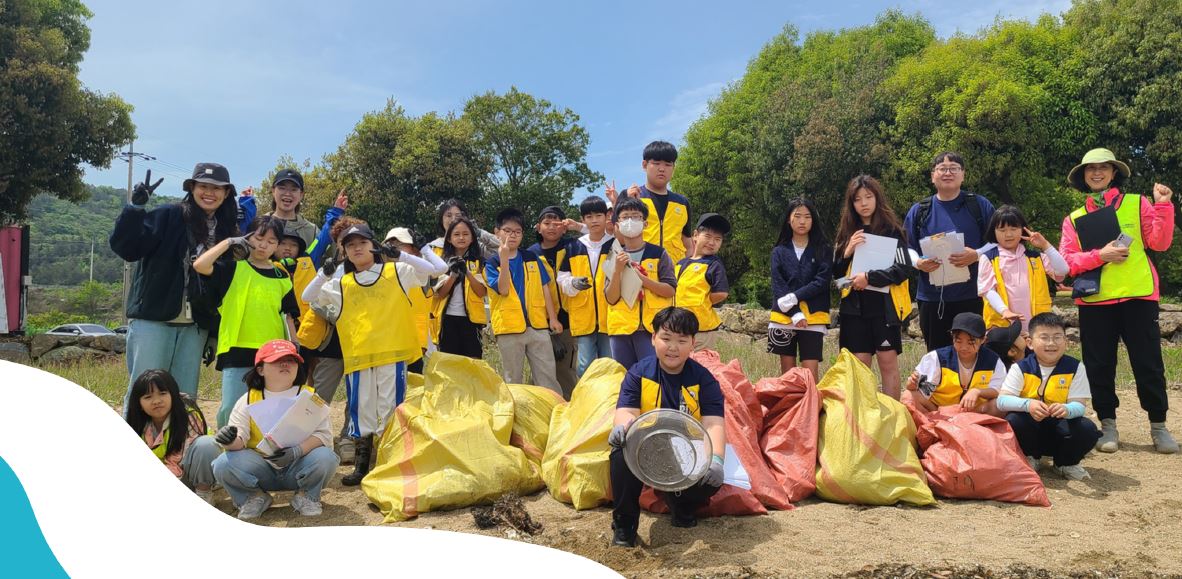
In our next feature, we will introduce the international team from Pitchandikulam Forest (India), winners of the group award at the 4th International Children’s Environmental Drawing Contest. Human in Love’s environmental campaigns continue to serve as a powerful tool for change. Human in Love is always at the forefront of spreading the value of environmental conservation efforts to save the oceans and protect our children’s future.
My Beloved Ocean: International Children’s Environmental Drawing Contest
Our oceans are under threat from pollution and climate change! The “My Beloved Ocean: International Children’s Environmental Drawing Contest” is a campaign created by children to share why the ocean is so important, the dreams they have for it, and the actions we all need to take to protect it and our planet. Through this contest, children are calling on adults to care, take action, and join the fight to save our marine environment. The contest is organized by Human in Love and sponsored by KOREAN Re.
🏠 Official Website: https://mybelovedocean.org/
🐳 Official Instagram: https://www.instagram.com/my_beloved_ocean/
